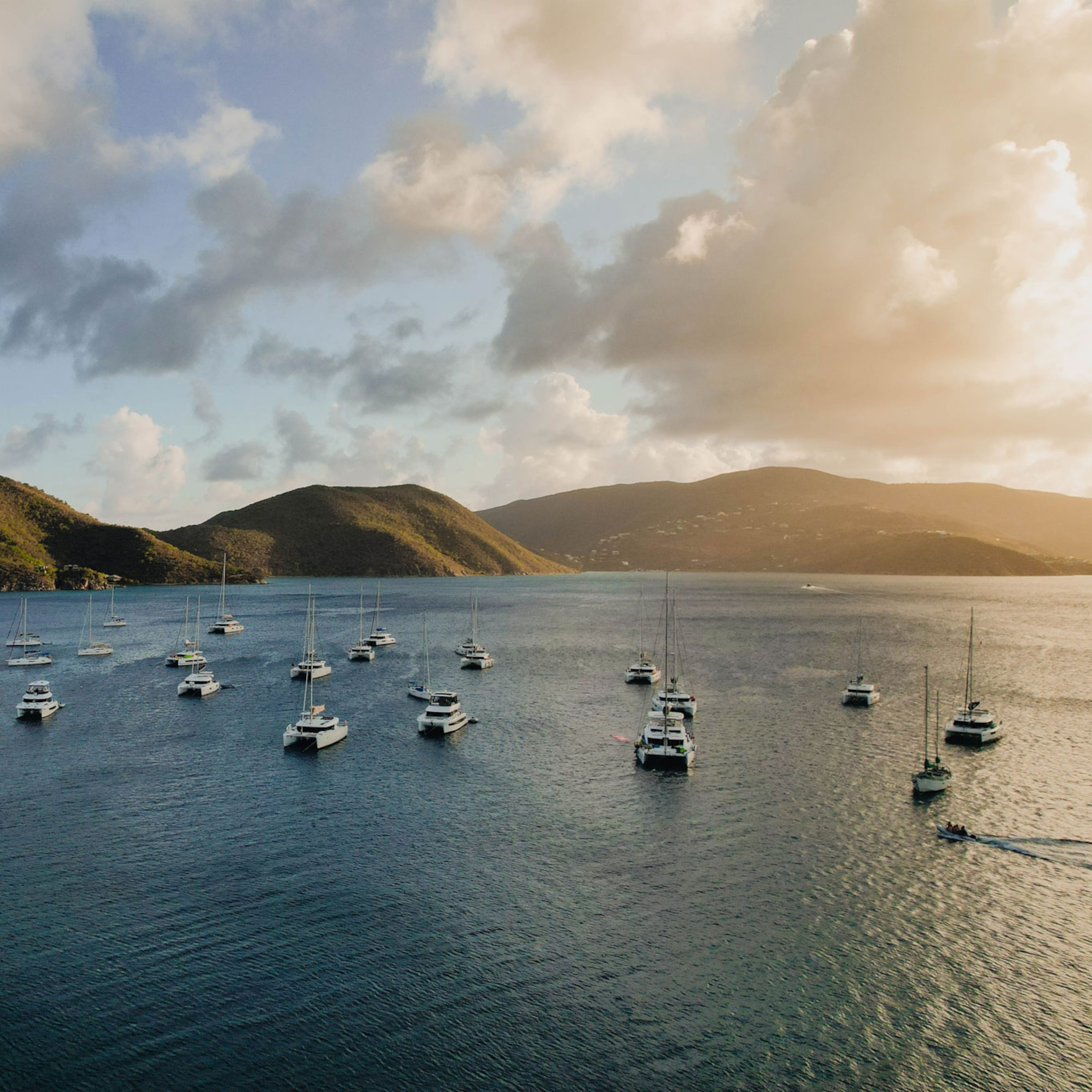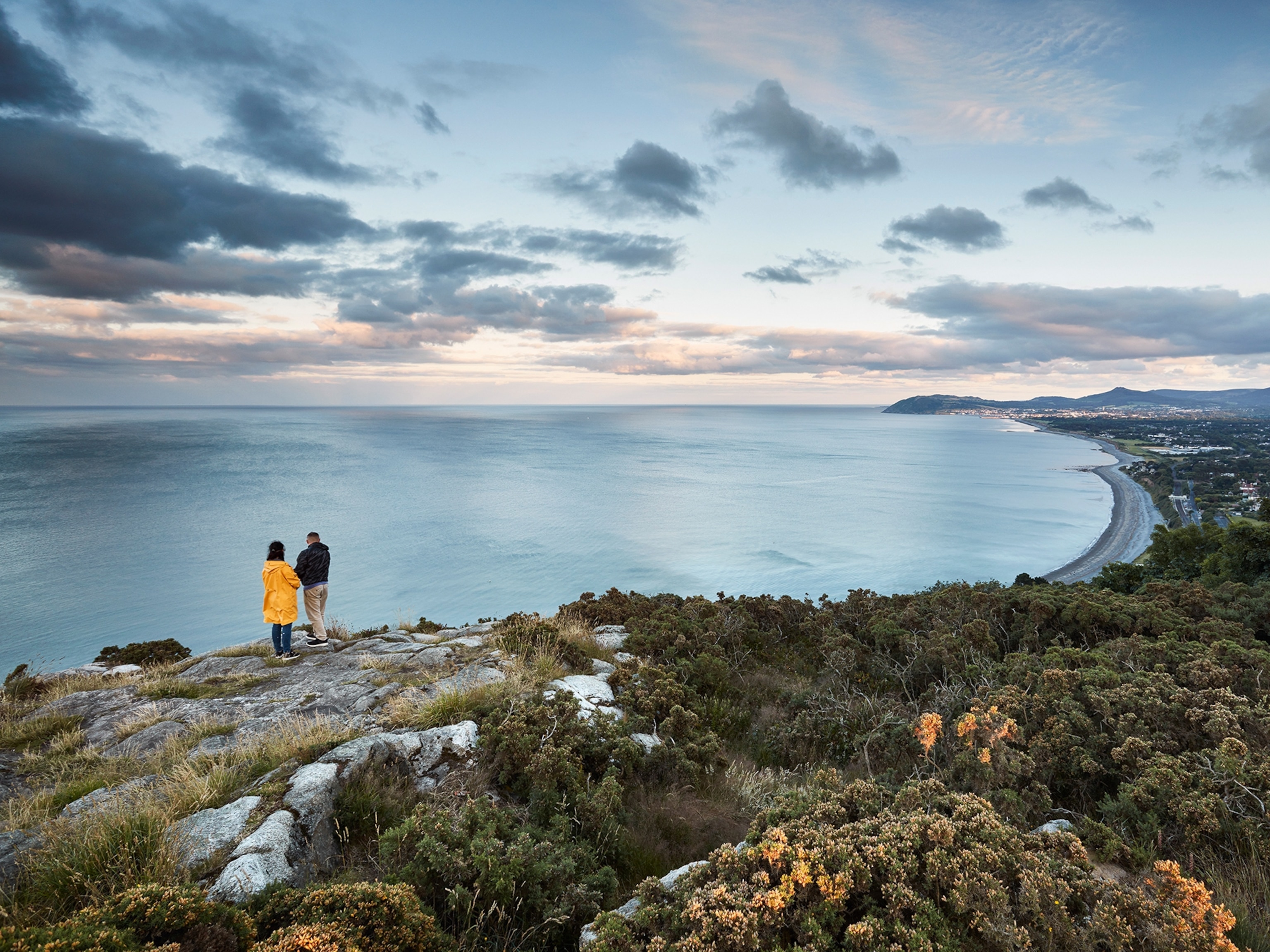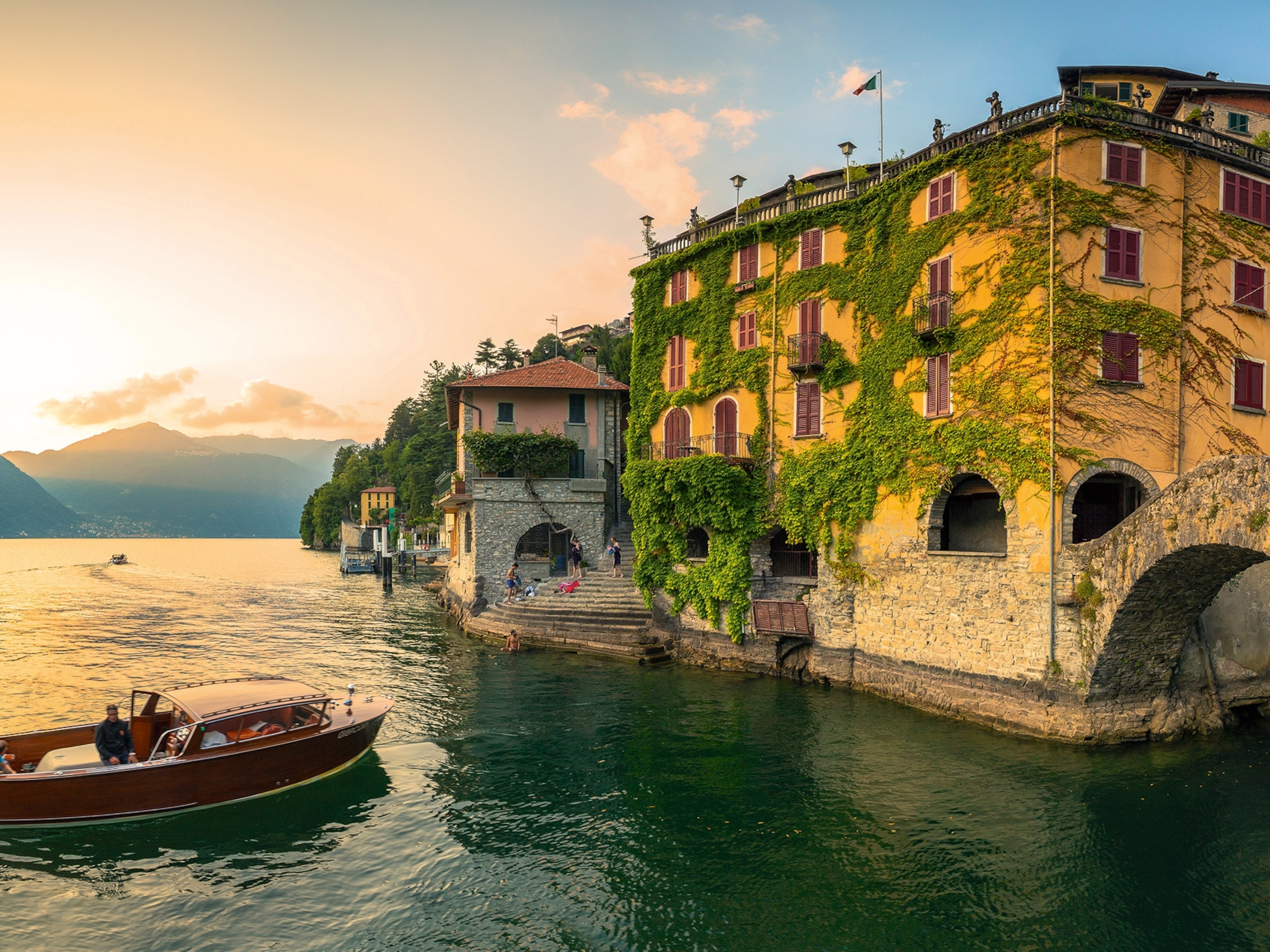
An ambitious new Florida trail links two U.S. national parks
Once it’s complete, the 42-mile biking and walking path will allow tourists to visit both Everglades and Biscayne national parks—without having to dodge traffic.
Only 20 miles of roadway separate the marine sanctuary of Biscayne National Park on the east coast of Florida from the vast inland marsh of Everglades National Park. But until now, getting from one nature reserve to the other required a car or—for bikers and pedestrians—enough bravery to dodge vehicular traffic or walk on the side of the road.
That will change March 11 with the launch of the first, five-mile phase of the Biscayne-Everglades Greenway, a 42-mile biking, walking, and equestrian path. When complete, the loop will be the first green trail linking two United States national parks.
For pedestrians and cyclists, the finished path will bring protection from Miami-Dade County’s notoriously erratic drivers. (The area experienced nearly 2,500 car crashes involving bikes or pedestrians in 2022.)

For nature-lovers, the greenway will provide a (mostly) serene link between these two complementary but distinctly different refuges less than an hour south of Miami’s mushrooming skyline. “It’s amazing to get off the road and get closer to our natural environment,” says José Francisco Barros, president of the Miami-based Tropical Audubon Society. “You see birds like egrets, herons, and kingfishers along with gators.”
(How Sanibel Island, a haven for birders, plans to recover from hurricane damage.)
Here’s what it took to execute such an ambitious project in this car-centric state, and what those who use it will find in both parks—and along the way.
A route from reefs to gators
A total of nearly 1.7 million people visit Biscayne and the Everglades each year, drawn by both lush scenery and disparate animals and plants. “You have sea turtles and manatees—it’s an interesting melting pot of tropical, subtropical, and temperate species,” says Steve Davis, chief science officer for the Everglades Foundation. “It’s the only place in the world where crocodiles and alligators coexist.”
Biscayne National Park’s 270-square miles are largely under the Atlantic Ocean’s Biscayne Bay. The park attracts snorkelers, boaters, kayakers, and paddle boarders with coral reefs, a heritage trail of six historic shipwrecks, and shallow, calm waters. A 1.5-mile wooden boardwalk at the park’s western edge sidles up to mangrove trees, a boon for birders and pedestrians.

Everglades National Park covers 1.5 million acres, spanning two counties, requiring three entrances, and featuring some 10,000 islands. Tall grasses, mangroves, and hammocks shelter alligators, endangered butterflies, West Indian manatees, and wading birds. Visitors canoe through the mangroves and wander walkways skimming the marsh. You might spot an anhinga stretching its wings out to dry or an alligator napping in the sun.
A taste of old Florida
The Biscayne-Everglades Greenway grew out of revitalization efforts following 1992’s Hurricane Andrew, which flattened buildings and ripped out trees across south Miami-Dade County. Government officials and pro-cycling residents championed the project over the next decades, helping to push it through city, county, state, and federal agencies.
“We’re fortunate that the city of Homestead sits in between two national parks,” says Miami-Dade Vice Mayor Julio Guzman. The city also operates a free weekend trolley between the parks in winter months.
This first, five-mile section of the greenway starts east of Homestead’s downtown. Its fresh tarmac edges a man-made canal, palm tree-filled nurseries, and vegetable farms, before slipping behind suburban neighborhoods and into the historic downtown of this small fruit-growing city. Its attractions feel a million miles from glitzy Miami zones such as South Beach and Wynwood. Instead the Pioneer Florida Museum offers living history demonstrations in historic buildings and century-old storefronts hold Mexican restaurants run by former agricultural workers.

The greenway will eventually pass through downtown Homestead and within 20 blocks of the Coral Castle Museum. From 1923 until 1951, Edward Leedskalnin created the half-acre sculpture park by carving 1,100 tons of oolitic limestone into thrones, walls, and strange shapes as a tribute to the woman who jilted him. The campy 1958 movie The Wild Women of Wongo was filmed here and Billy Idol wrote a song about the place.
The greenway rolls forward
Construction on the trail continues. A path looping from downtown back to the east—a dedicated bike lane on an existing road—should also be completed next year. A three-mile western section through downtown Homestead toward Everglades National Park’s Flamingo entrance is expected to open in two years.
The estimated price tag for the whole path is $50 million, which will come from a range of government grants and may take several more years to complete. It’s part of an ambitious plan by the Miami-Dade government to bring 500 total miles of greenway to the 2,400-square-mile county.
For now, cyclists can piece together their own route between the parks via a rough shale access path along a canal leading from Biscayne Bay National Park to Homestead that’s sheltered from cars, though rough on tires. From Homestead to the Everglades, the only option is still open streets for bikes and sidewalks for walkers.
“During the pandemic, many residents took advantage of reduced traffic and rediscovered their interest in outdoor activities,” says Miami-Dade Mayor Daniella Levine Cava. “The greenway offers people the opportunity to enjoy them in a safe and picturesque environment.”
WHAT TO KNOW
Where to stay: The Flamingo section of Everglades National Park offers eco tents in winter months, along with campsites and houseboat rentals; reservations are advised. In Biscayne National Park, camping is allowed on a limited number of islands accessible by boat.
Other things to do: Agritourism options have sprouted nearby: family-oriented Pintos Farm with pony rides and paddle boats; Patch of Heaven Sanctuary with gardens, bees, and bats; and Schnebly’s Winery. For many locals, the winter season is marked by the annual November opening of Knaus Berry Farm with its celebrated cinnamon buns.
Nearby old Florida-style attractions include the subtropical Zoo Miami and the Fruit & Spice Park with 37 acres of tropical trees and flowers. In this sprawling rural area, visiting them requires a car, though the finished trail will provide access to long-running fruit stand Robert Is Here.







